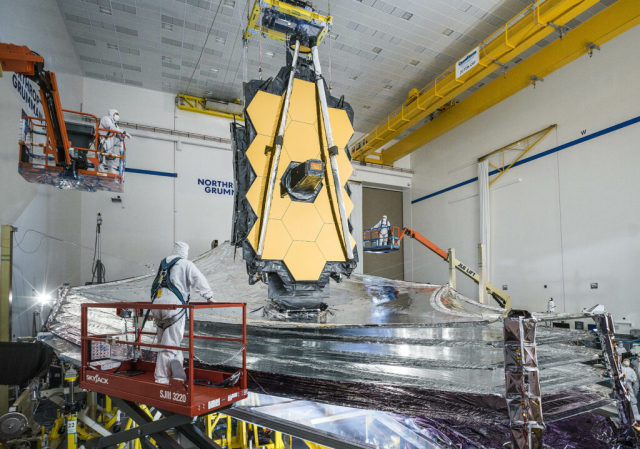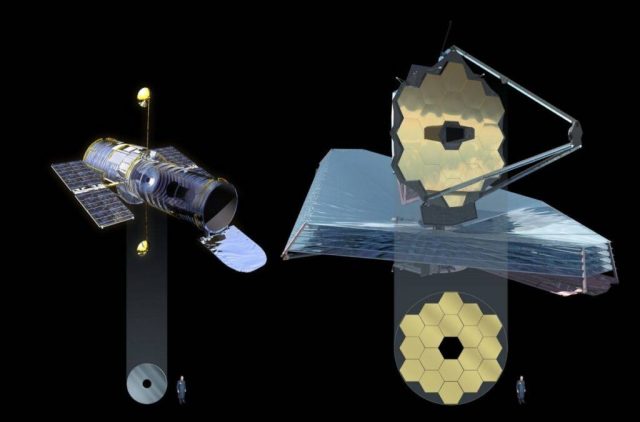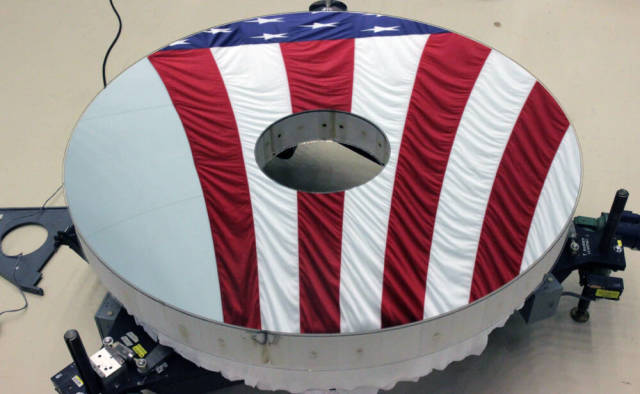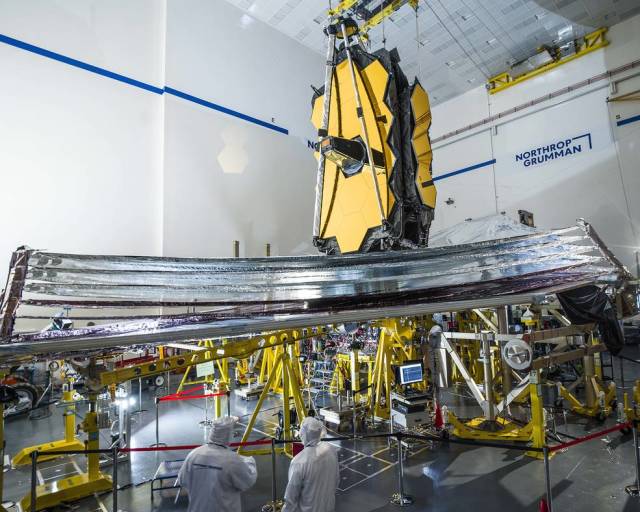The US space Agency has conducted the final tests of the heat shield of the new James Webb space telescope for deployment. The launch of the device is planned for 2021.
Each test of the James Webb space telescope attracts the attention of the scientific world, which is not surprising, given the significance of the program. As reported by NASA, specialists of the space Agency successfully conducted the final tests of the telescope's thermal shield for deployment.
During the tests, the hardware activated nearly 140 different drives, eight motors, and thousands of other components. As a result, five sunscreen membranes were deployed — in the form in which they want to be deployed after launch. "Congratulations to the whole team. Because of Webb's large size and strict performance requirements, deployment is incredibly difficult, " said James Cooper, sunscreen Manager for James Webb at the Goddard space flight Center.

Testing Of The James Webb
Image source: nasa
This is not the end of the tests: the Observatory has at least several tests ahead of it, after which it will be sent to the Kourou cosmodrome to prepare for launch.
The launch of the space telescope was repeatedly postponed: now it is scheduled for October 2021. If the deadlines can be met, the Observatory will be able to conduct the first scientific research in early 2022.
James Webb is an orbiting infrared Observatory that is seen as the successor to the Hubble space telescope. Its primary tasks are to detect the light of the first stars and galaxies that formed after the so-called Big Bang. It is assumed that the telescope will study their formation and development, as well as answer some questions related to the origin of life.

Hubble (left) and James Webb (right)
Image source: wikipedia
To solve the problems, James Webb was equipped with a composite mirror, the dimeter of which is 6.5 meters. You can read more about the device of the telescope in one of our materials.
Recall that this year NASA created the main mirror of the Nancy Grace Roman Space telescope-the ideological heir of James Webb.

Mirror Nancy Grace Roman Space Telescope
Image source: nasa
The promising device is a wide-range infrared Observatory, which should become the sixth "great" NASA Observatory. It is assumed that its capabilities will make it possible to take the first direct photos of exoplanets, as well as answer questions related to dark energy. The new telescope may be launched around the middle of the decade.

